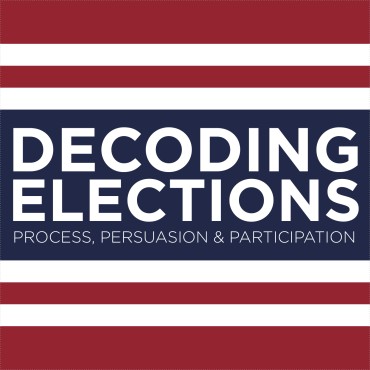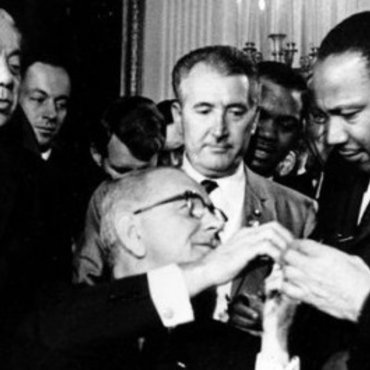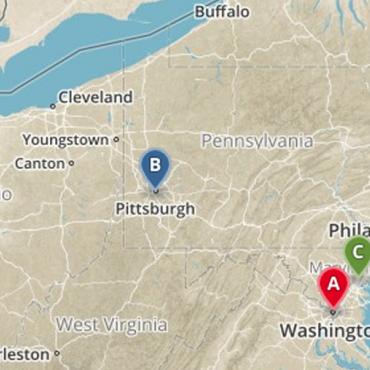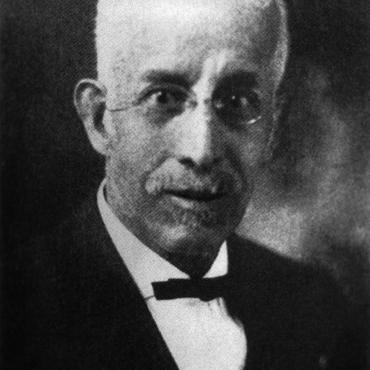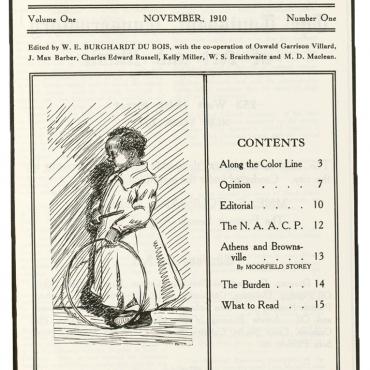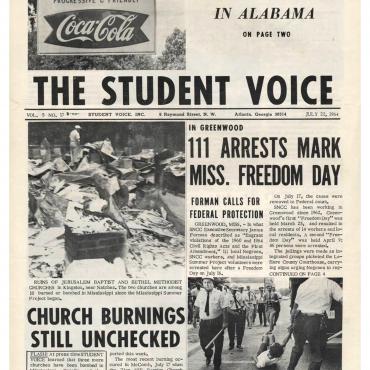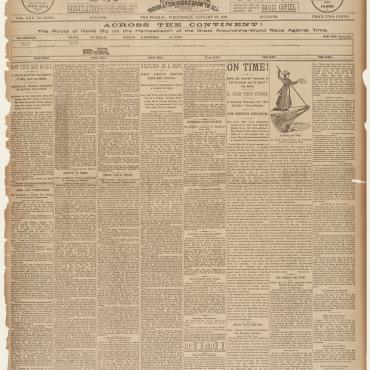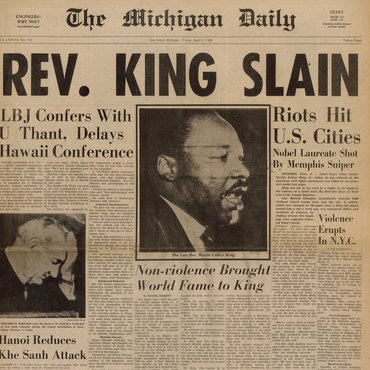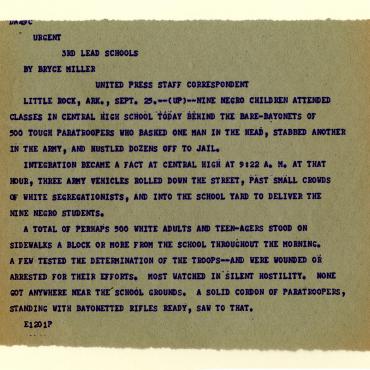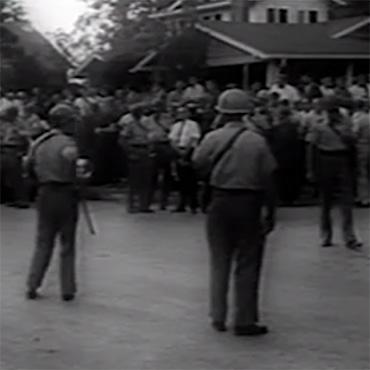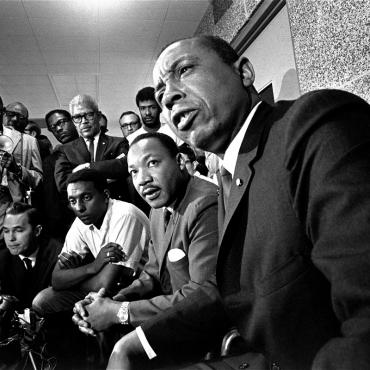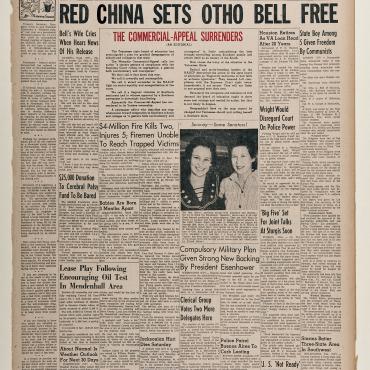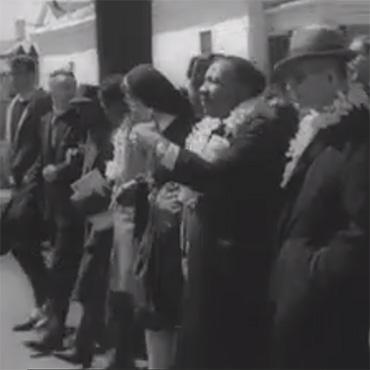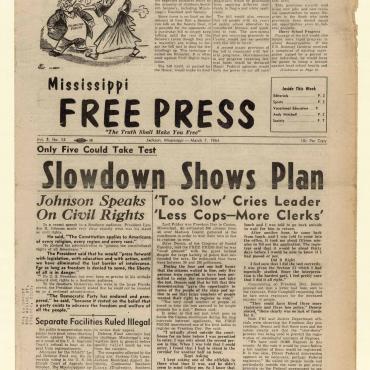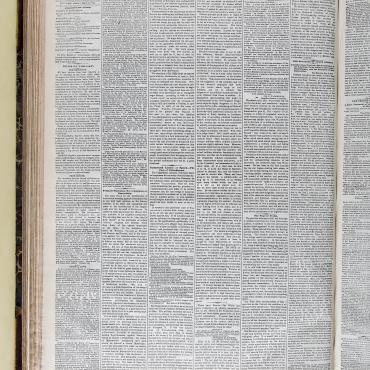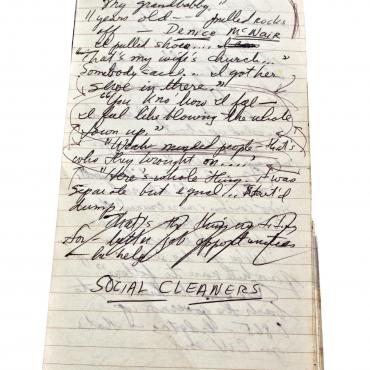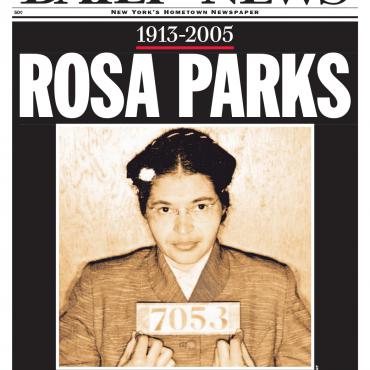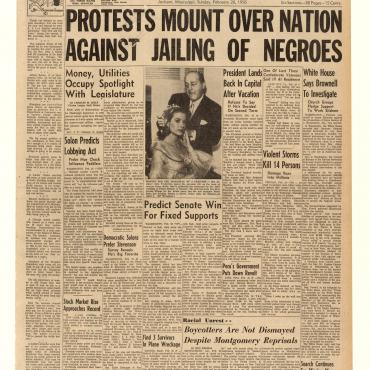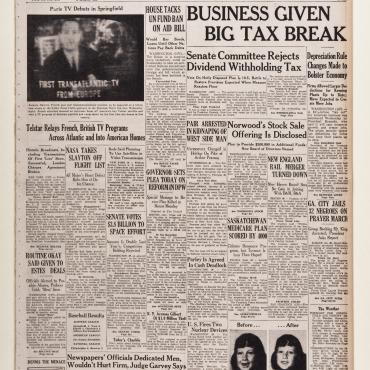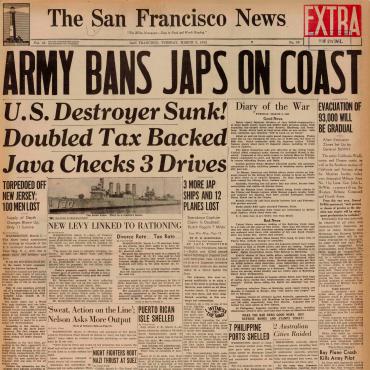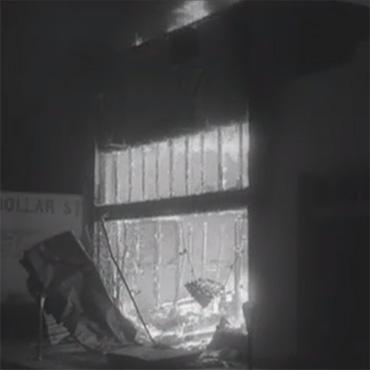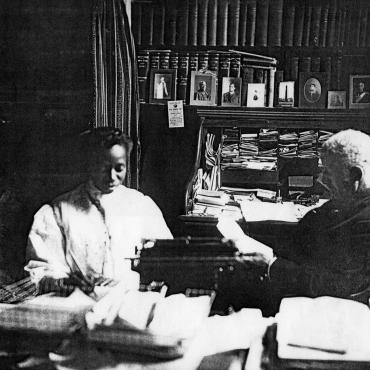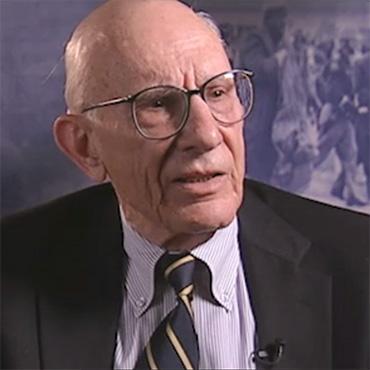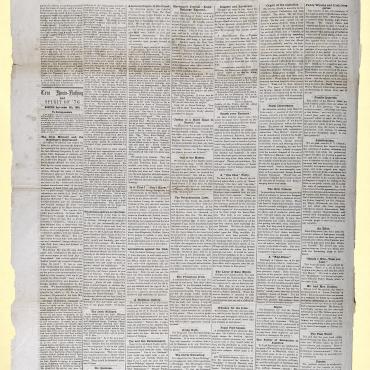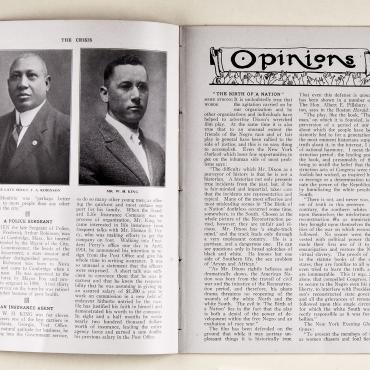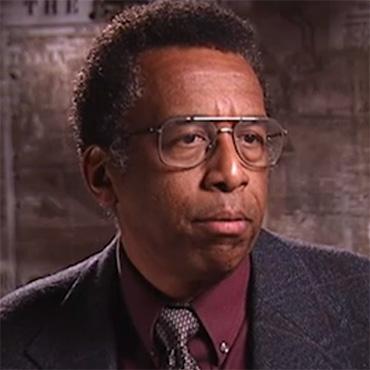Recognizing Bias: Analyzing Context and Execution
In this activity, students watch a video in which a Newseum expert identifies bias in a 1919 newspaper article about the Chicago race riots, then apply what they’ve learned to a contemporary news source.
Get even more great free content!
This content contains copyrighted material that requires a free NewseumED account.
Registration is fast, easy, and comes with 100% free access to our vast collection of videos, artifacts, interactive content, and more.
NewseumED is provided as a free educational resource and contains copyrighted material. Registration is required for full access. Signing up is simple and free.
With a free NewseumED account, you can:
- Watch timely and informative videos
- Access expertly crafted lesson plans
- Download an array of classroom resources
- and much more!
- Civil Rights
- Journalism
- 6-12
- In advance: Set up the video for students to view as a class. Review these guides to left- and right-leaning websites in case your students need help selecting a contemporary source to analyze: University of Michigan Research Guide (http://bit.ly/2ft4vS2), Wall Street Journal: Blue Feed, Red Feed (http://bit.ly/1sriDze).
- Tell students that they are going to practice using two tools to identify bias in the news media.
- Show the E.S.C.A.P.E. Junk News poster to the class and review the keys to identifying context and execution. Ask students for examples of incomplete information and leading word choices. (Some ideas: Context — a story about new refrigerators in the school fails to note that dozens of students were sickened by poorly stored food; Execution — adjectives that suggest opinion, such as “wonderful” or “unfortunate”)
- Have students view “How to Decode a Historical Front Page” and fill out Part 1 of the worksheet. Discuss their answers.
- Tell students they are going to take what they’ve learned from looking closely at a page from history and look closely at a contemporary news story.
- Give students internet access and have them complete Part 2 the worksheet. If they struggle to find potentially biased news sources, supply suggestions from the sources above.
- Internet access to view the “How to Decode a Historical Front Page” video (above)
- Recognizing Bias worksheet (download), one per student
- E.S.C.A.P.E. Junk News poster (download), print or project
- Recognizing Bias student example (optional, download)
- Was it difficult to determine if a source was biased? Do you feel confident about your conclusion? Explain.
- How hard was it to gain a better understanding of the context surrounding your story?
- What are some of the execution choices you saw that you think indicate bias?
- In your daily life, is bias something you think about as you access content through social media or on other online outlets? Do you regularly look at more than one source for news or information in your daily life?
- Other than political bias, what other types of bias might wind up unfairly shaping a news story?
- What tips would you give someone who wants to avoid biased news stories?
Have students apply the questions from the second half of the worksheet to a source they believe is NOT biased. Does their close analysis support their original opinion of this source?
-
Common Core State Standards: CCSS.ELA-LITERACY.CCRA.L.3
Apply knowledge of language to understand how language functions in different contexts, to make effective choices for meaning or style, and to comprehend more fully when reading or listening. -
Common Core State Standards: CCSS.ELA-LITERACY.CCRA.R.6
Assess how point of view or purpose shapes the content and style of a text. -
Common Core State Standards: CCSS.ELA-LITERACY.CCRA.R.7
Integrate and evaluate content presented in diverse media and formats, including visually and quantitatively, as well as in words. -
Common Core State Standards: CCSS.ELA-LITERACY.CCRA.R.8
Delineate and evaluate the argument and specific claims in a text, including the validity of the reasoning as well as the relevance and sufficiency of the evidence. -
Common Core State Standards: CCSS.ELA-LITERACY.CCRA.W.1
Write arguments to support claims in an analysis of substantive topics or texts using valid reasoning and relevant and sufficient evidence. -
Common Core State Standards: CCSS.ELA-LITERACY.CCRA.W.7
Conduct short as well as more sustained research projects based on focused questions, demonstrating understanding of the subject under investigation. -
Common Core State Standards: CCSS.ELA-LITERACY.CCRA.W.9
Draw evidence from literary or informational texts to support analysis, reflection, and research.
-
NCSS C3 Framework: D3.1.6-8 and D3.1.9-12
6 - 8: Gather relevant information from multiple sources while using the origin, authority, structure, context, and corroborative value of the sources to guide the selection. 9 - 12: Gather relevant information from multiple sources representing a wide range of views while using the origin, authority, structure, context, and corroborative value of the sources to guide the selection -
NCSS C3 Framework: D4.1.6-8 and D4.1.9-12
6 - 8: Construct arguments using claims and evidence from multiple sources, while acknowledging the strengths and limitations of the arguments. 9 - 12: Construct arguments using precise and knowledgeable claims, with evidence from multiple sources, while acknowledging counterclaims and evidentiary weaknesses.
-
ISTE: 3b. Knowledge Constructor
Students evaluate the accuracy, perspective, credibility and relevance of information, media, data or other resources. -
ISTE: 3d. Knowledge Constructor
Students build knowledge by actively exploring real-world issues and problems.





